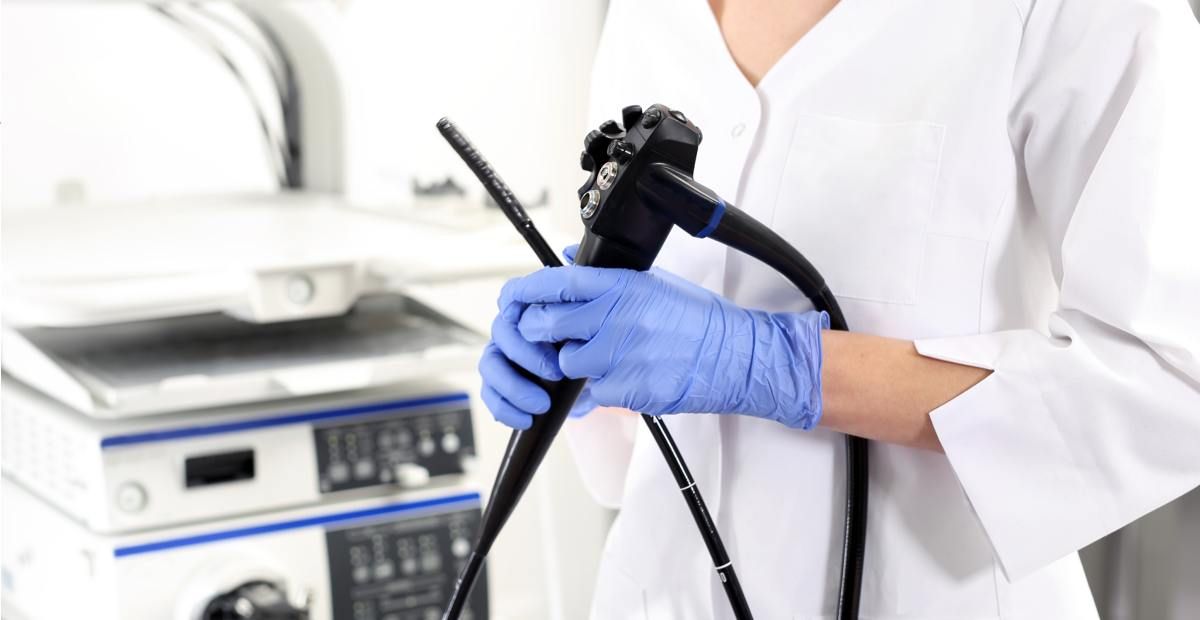Here are some of the most common types of endoscopy and what they are used to examine:
Sigmoidoscopy
Sigmoidoscopies are minimally invasive medical examinations of the large intestine through the anus. There are two types of sigmoidoscopy — flexible and rigid. Flexible sigmoidoscopies are used to detect and treat things such as rectal bleeding, polyps, fissures, foreign bodies, and colorectal cancer. A flexible sigmoidoscopy is not an alternative to getting a colonoscopy. Rigid sigmoidoscopies may be suitable for diagnosing ano-rectal diseases. A sigmoidoscopy is often conducted without any sedation, though sometimes it can be used if necessary. Sigmoidoscopies are often used as a pre-test that then leads to a full colonoscopy, to examine the entire colon for polyps, damage, or cancerous tissue.
Learn more about flexible sigmoidoscopy...
Upper Endoscopy
An upper endoscopy examines the upper part of the gastrointestinal (GI) tract, including the esophagus, stomach, and duodenum (upper section of the small intestine). The endoscope with a video camera and light at the end is used to evaluate symptoms such as:
Upper abdominal pain
Nausea
Vomiting
Difficulty swallowing
Upper endoscopies tend to be conducted under sedation, to assure patients maximum comfort during the procedure. An upper endoscopy can also be used to conduct biopsies as well as cytology tests. Cytology tests involve the collection of cells and then the examination and analysis of them in the lab.
Colonoscopy
Colonoscopies are also a form of endoscopy. This procedure examines the lining of the large intestine, small intestine, and rectum for signs of damaged or potentially cancerous tissues. Colonoscopies can detect and treat conditions such as:
Learn more about colonoscopies...
Enteroscopy
Enteroscopy is primarily used to identify the source of intestinal bleeding. There are a number of different procedures that fall into the category of enteroscopy. One such procedure is capsule endoscopy. This is where the patient swallows a pill-sized video capsule with a light source, allowing your gastroenterology specialist to have pictures from within your digestive tract to get a better idea of what and where your gastrointestinal issues lay.
Learn more about capsule endoscopies…
Endoscopic Ultrasound (EUS)
An endoscopic ultrasound is where a flexible endoscope with a small ultrasound device at the end of it is used to see the lining of the stomach, small intestine, colon, or esophagus. It provides your gastroenterologist with detailed pictures of the anatomy of your digestive tract, and can be used to evaluate abnormalities below the surface. An EUS is very useful for keeping track of growth, determining the nature of issues, and helping your doctor decide on the best treatment to take.
Learn more about endoscopic ultrasounds...

